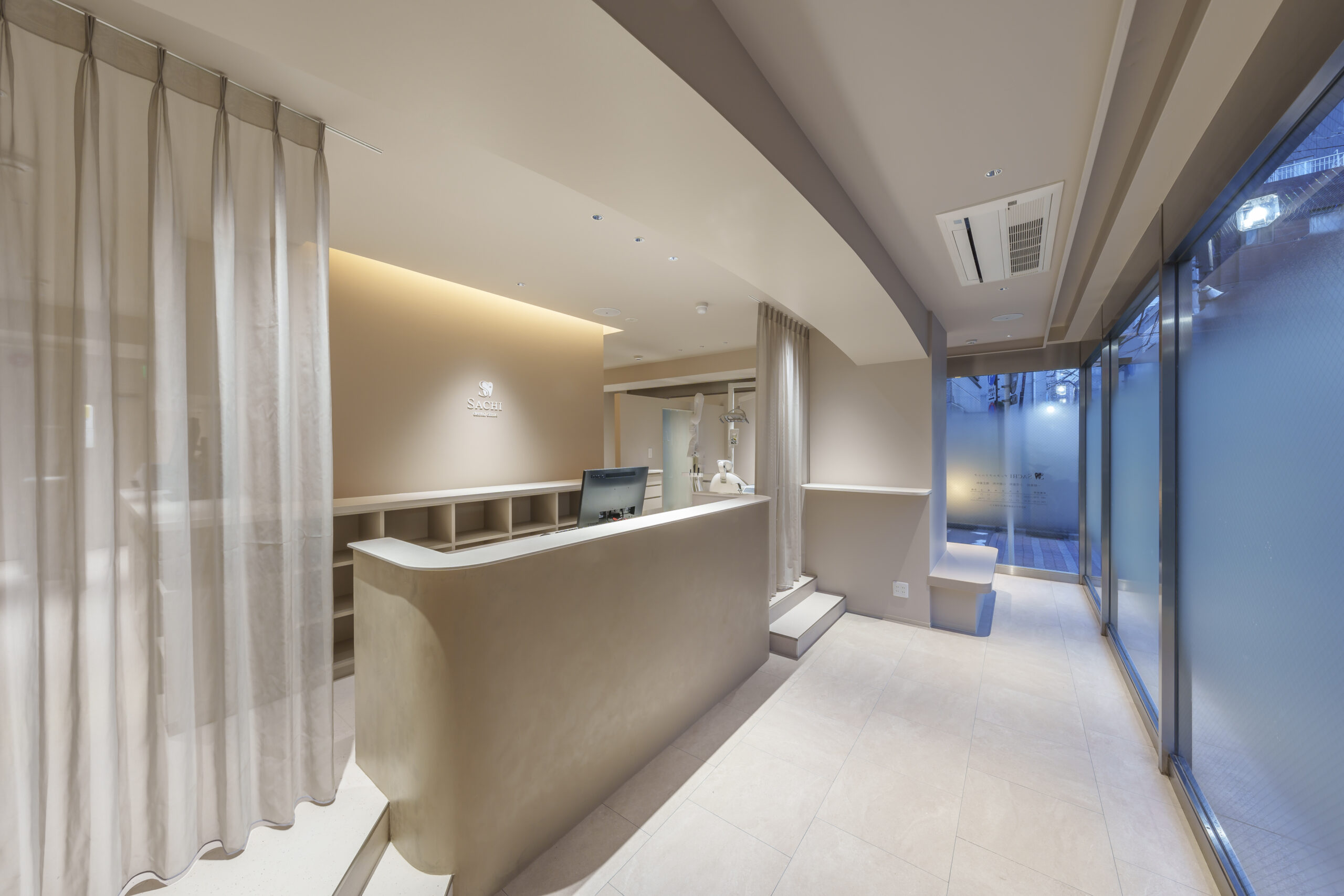Wisdom Teeth
Publication Date:
Last Updated:
- Are You Neglecting your Wisdom Tooth Problems?
- Should wisdom teeth be extracted? Or can they be left alone?
- Wisdom Tooth Extraction Process
- Post-Extraction Care Tips | For a Comfortable Recovery
- Beware of Persistent Mouth Sores | Possibility of Oral Cancer
- Frequently Asked Questions (FAQ)
- View Other Treatment Options
Are You Neglecting your Wisdom Tooth Problems?
Do you have concerns like “My wisdom tooth hurts,” “My wisdom tooth is swollen,” or “I’m not sure if I should have my wisdom tooth extracted”? Wisdom teeth, being the last permanent teeth to emerge, often lack sufficient space and may grow sideways, at an angle, or remain impacted in the gum, potentially causing various issues.
Should wisdom teeth be extracted? Or can they be left alone?
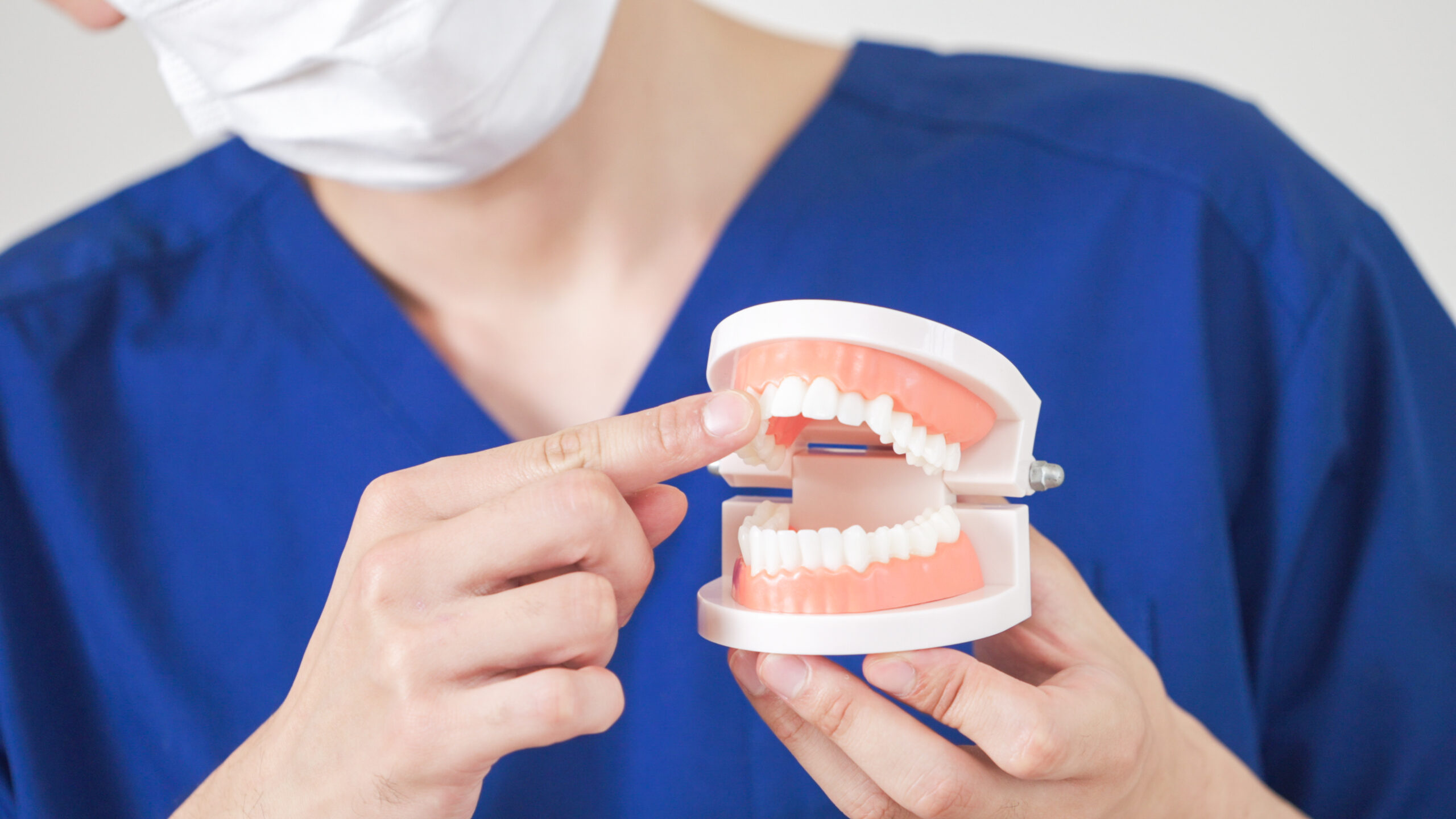
Wisdom teeth don’t always need to be extracted. However, extraction should be considered in the following cases. Even if there are no current issues, some opt for early extraction to prevent future problems. On the other hand, there are cases where wisdom teeth can be left in place.
Cases where Extraction is Recommended
- The wisdom tooth itself has decay: Wisdom teeth are prone to cavities as they’re difficult to reach with a toothbrush. Especially when growing sideways or at an angle, they’re more likely to accumulate plaque and develop cavities.
- The wisdom tooth is causing swelling or pain in the surrounding gum (pericoronitis): This is a condition where bacteria infect the gum around the wisdom tooth, causing inflammation. If pericoronitis recurs, extraction should be considered.
- The wisdom tooth increases the risk of decay or gum disease in adjacent teeth: Wisdom teeth can push against adjacent teeth, causing misalignment or creating gaps between teeth, increasing the risk of cavities and gum disease. “Wisdom tooth cavities” can negatively affect surrounding teeth.
- The wisdom tooth is growing sideways or at an angle, negatively affecting tooth alignment or bite: Wisdom teeth can push adjacent teeth, causing misalignment. They can also affect the bite, potentially leading to temporomandibular joint disorders.
- The wisdom tooth is completely impacted in the bone, but X-rays show abnormalities such as cysts: Cysts are fluid-filled sacs that can dissolve surrounding bone as they grow, potentially weakening the jaw.
Cases where Extraction may not be Necessary
- The wisdom tooth has grown straight and aligns properly with the opposing tooth: In such cases, it functions like other teeth and doesn’t need to be forcibly extracted.
- The wisdom tooth is completely impacted in the bone, with no pain or swelling, and doesn’t negatively affect surrounding teeth or tissues: In these cases, regular monitoring is often sufficient.
- There’s potential for using the wisdom tooth as a transplant or bridge abutment if adjacent teeth are lost in the future: However, this depends on the condition and position of the wisdom tooth.
It’s difficult to decide on your own whether to “extract wisdom teeth” or “not extract wisdom teeth.” We recommend first getting an examination at a dental clinic and consulting with a dentist. At SACHI Dental Clinic, we use the latest equipment, including X-rays and CT scans, to accurately diagnose the condition of wisdom teeth and propose the optimal treatment plan for each patient.
Wisdom Tooth Extraction Process
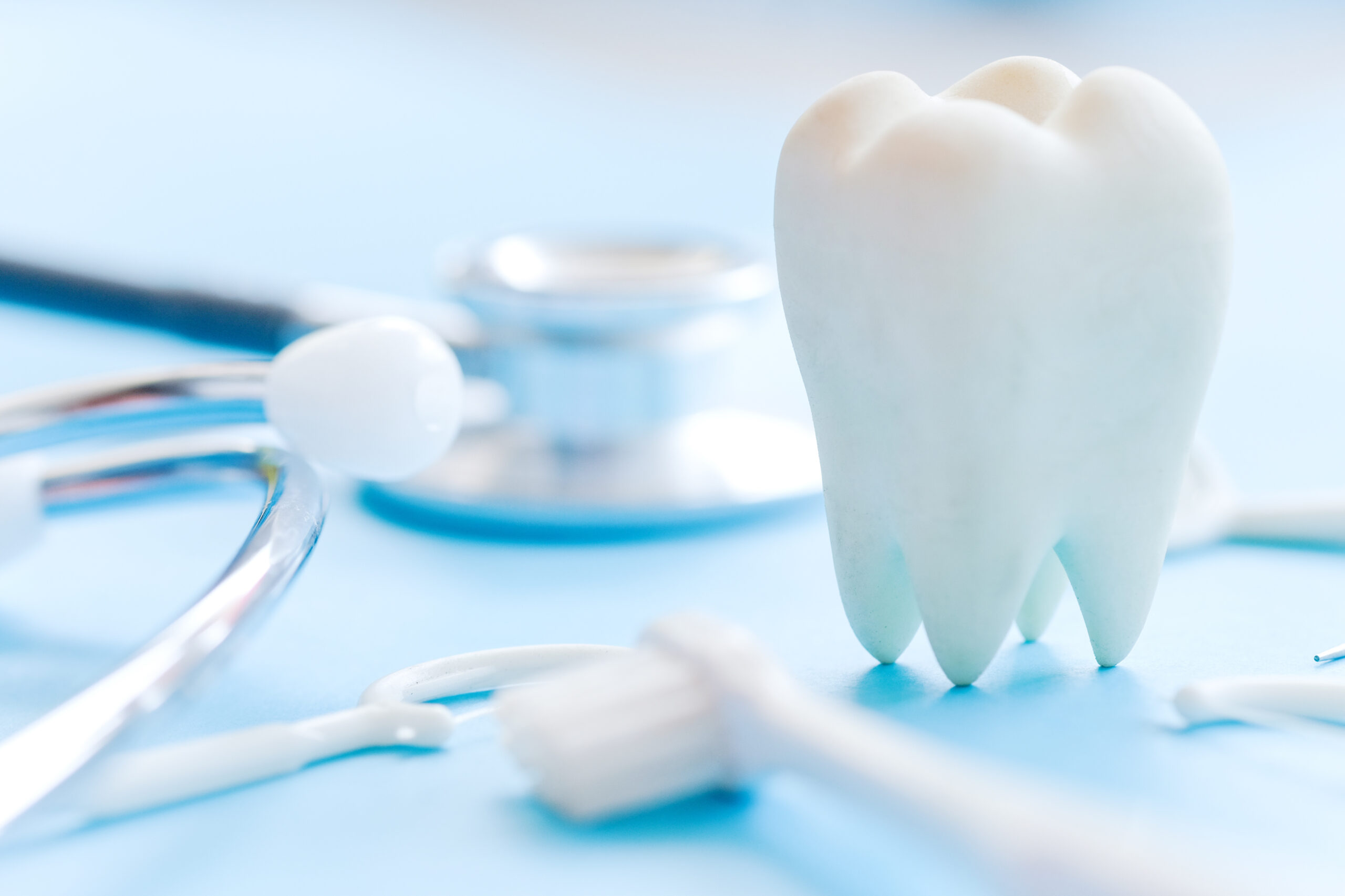
At our clinic, we follow this process for wisdom tooth extraction:
1. Initial Consultation
First, we examine your oral condition and listen to your concerns and wishes regarding your wisdom teeth. We conduct a thorough examination including a questionnaire, oral examination, and X-rays to assess the condition of your wisdom teeth in detail.
Based on the examination results, we’ll explain the necessity of extraction, potential risks, and costs in detail. We proceed with treatment only after ensuring the patient’s understanding and consent. Please feel free to ask about any concerns, including “wisdom tooth extraction costs.”
2. Day of Extraction
On the day of extraction, we first confirm that you’re in good health before starting the procedure.
If necessary, we may perform a CT scan to get a three-dimensional view of the wisdom tooth and surrounding tissues.
We prioritize pain management in our treatments, using topical anesthesia and electric anesthesia devices to minimize the pain of anesthetic injections.
The extraction method varies depending on how the wisdom tooth has grown.
- If it has grown straight and the roots aren’t curved: In most cases, extraction can be done without incising the gum. The extraction typically takes about 30 minutes per tooth.
- If it’s sideways or impacted: We incise the gum and, if necessary, divide the tooth or remove surrounding bone for extraction. These extractions often take about an hour.
After extraction, we suture the wound and may apply a hemostatic agent. Finally, we have you bite on gauze to confirm hemostasis, and if there are no issues, you can go home.
3. Post-Extraction Care
After extraction, we prescribe antibiotics and pain relievers to manage pain and swelling. We also provide detailed instructions on post-extraction care (regarding meals, tooth brushing, exercise, bathing, smoking, drinking, etc.). It’s important to rest for 2-3 days after extraction. We remove the stitches about a week after the procedure.
Post-extraction recovery varies by individual, but pain and swelling typically subside within a few days to a week. If you experience persistent severe pain or swelling, or if bleeding doesn’t stop, please contact our clinic immediately.
Post-Extraction Care Tips | For a Comfortable Recovery
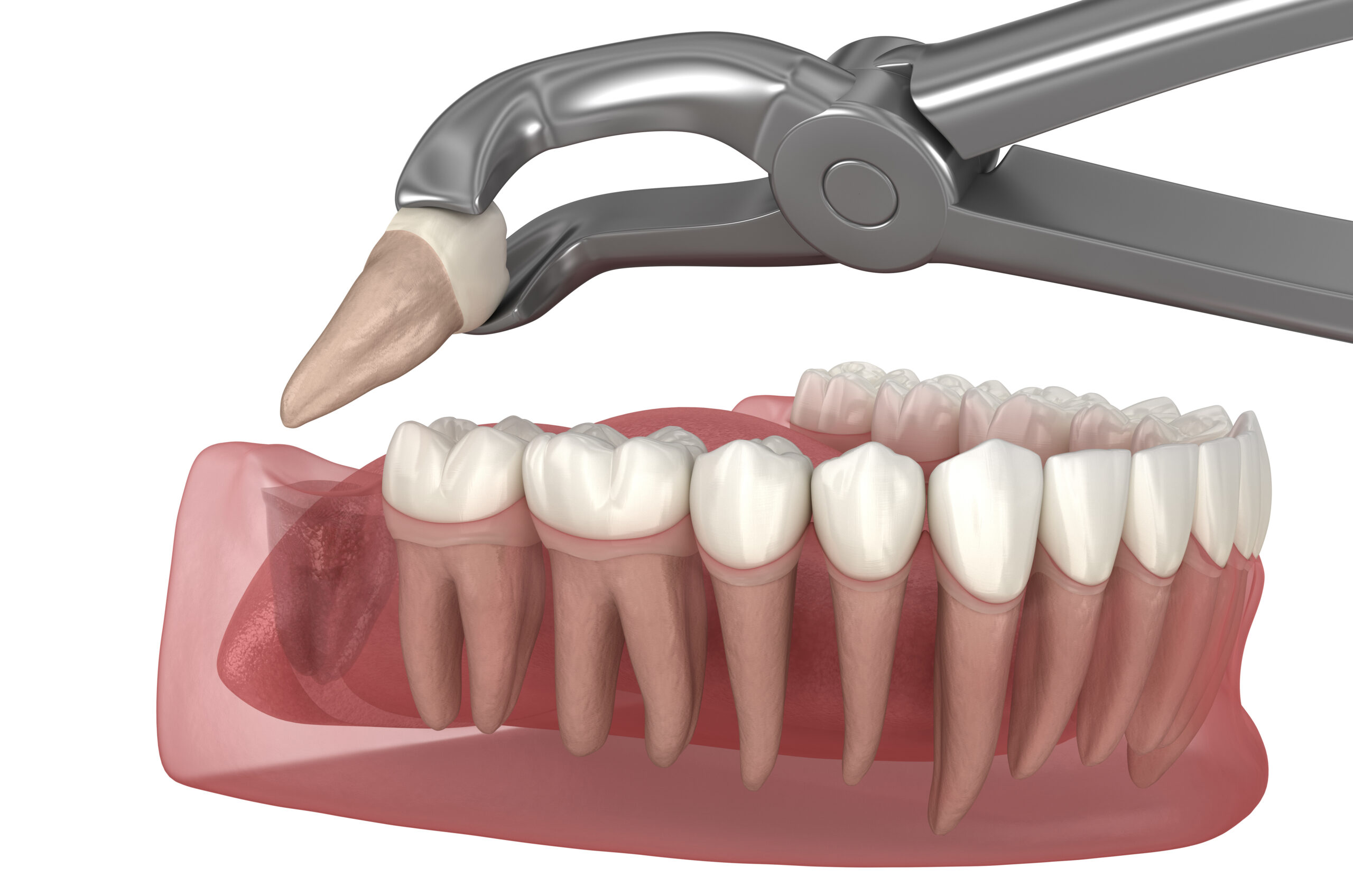
Please note the following points after wisdom tooth extraction:
- Meals: If possible, avoid eating and drinking for 2-3 hours after extraction until the anesthesia wears off. Afterwards, start with soft foods, avoiding the extraction site. Avoid spicy or hard foods for about a week.
- Tooth brushing: Brush gently, avoiding the extraction site. Be careful around the wound but brush other teeth thoroughly. Accumulation of dirt and bacteria can affect wound healing.
- Rinsing: Avoid vigorous rinsing on the day of extraction. Strong rinsing can dislodge the blood clot (called a “blood cake”) that protects the wound, potentially slowing healing.
- Exercise: Avoid strenuous exercise on the day of extraction. Increased blood flow can cause bleeding or pain.
- Bathing: On the day of extraction, avoid baths and stick to showers.
- Smoking: Smoking slows wound healing and increases the risk of infection. We recommend abstaining from smoking for about a week after extraction.
- Alcohol: Alcohol increases blood flow, which can cause bleeding or pain. It can also weaken the effects of prescribed medications or intensify side effects, so please avoid alcohol for several days after extraction.
- Pain and swelling: If you experience pain or swelling, take the prescribed medication and apply cold compresses to the area. However, be careful not to over-chill as it can impair blood flow and slow healing.
We’ve added more detailed information to the content you provided.
- Activities to avoid on the day of the procedure:
- After confirming hemostasis, you can go home, but we ask that you avoid activities that increase blood flow on that day. There’s a risk of renewed bleeding.
- Bathing: Please limit yourself to showers.
- Exercise: Avoid intense exercise and rest.
- Alcohol: Please refrain from alcohol while taking medication as it can affect the medication’s efficacy.
- You may notice blood in your saliva for 2-3 days.
- This is due to the wound and is not a problem if it’s a small amount.
- If you’re concerned, you can bite on a clean, folded piece of gauze for 15-20 minutes to apply pressure and stop the bleeding.
- We will explain this method to you after the procedure.
- If you’re still concerned, or if there’s excessive bleeding that fills your mouth without any action, please contact the dental clinic immediately.
- Due to the force applied during extraction, internal bleeding may occur, potentially causing bruising on your face.
- In such cases, like regular bruises, it will heal within 1-2 weeks after extraction.
- If you have any photo opportunities planned, we recommend considering this when scheduling your procedure.
- There’s a possibility of swelling and pain.
- We will prescribe medication considering your overall health condition and any drug allergies, so please take them as instructed.
- If there’s swelling, avoid excessive heating or cooling.
- Heating can improve blood flow and potentially cause renewed bleeding, while excessive cooling can impair blood flow and hinder healing.
- Instead of using ice packs, it’s better to gently press with a damp towel.
- After the procedure, there will be a wound, but please brush your teeth thoroughly up to the tooth in front of the extraction site.
- Be careful not to re-injure the wound site, and gently apply the toothbrush.
- If dirt and plaque accumulate near the wound, it may become infected or heal poorly.
- Please rinse gently as well.
We will explain the precautions regarding extraction again in advance. Please feel free to ask about any concerns, such as “post-wisdom tooth extraction meals” or “brushing teeth after wisdom tooth extraction.”
Beware of Persistent Mouth Sores | Possibility of Oral Cancer

Most mouth sores heal naturally within 1-2 weeks. However, in the following cases, it may not be a simple mouth sore but could potentially be oral cancer or another condition. Please visit a dental clinic promptly if:
- It doesn’t heal for over a month
- It’s gradually getting larger
- There’s a hard lump
- It bleeds easily
- The surface is whitish, or red, or black
- There’s no pain
Oral cancer has a high chance of cure if detected early and treated appropriately. Don’t ignore persistent mouth sores; consult a specialist early. We offer oral cancer screenings at our clinic, so please feel free to consult with us. It’s important to first check the condition through an examination.
Frequently Asked Questions (FAQ)
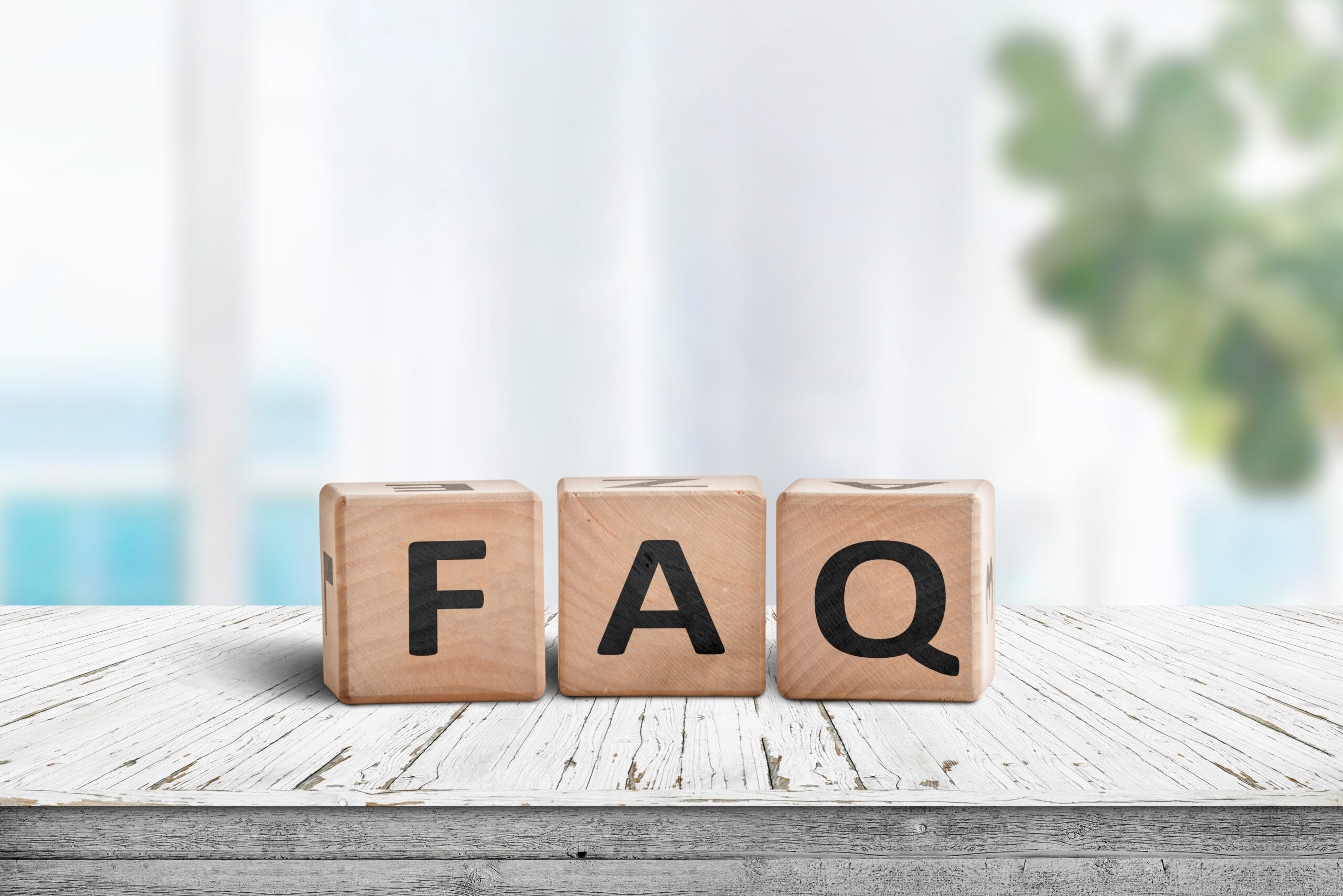
- Is wisdom tooth extraction painful?
- During extraction, we use anesthesia, so you’ll hardly feel any pain. However, you may feel a slight sting when receiving the anesthetic injection. At our clinic, we use topical anesthesia and electric anesthesia devices to minimize the pain of injections. After extraction, we’ll prescribe pain relievers, so please take them as instructed.
- Will there be swelling after wisdom tooth extraction?
- There’s a possibility of some swelling after wisdom tooth extraction. Particularly when extracting sideways or impacted wisdom teeth, swelling tends to be more pronounced. Swelling typically peaks 2-3 days after extraction and gradually subsides over about a week. To minimize swelling, it’s important to rest for 24 hours after extraction.
- When can I eat after wisdom tooth extraction?
- If possible, avoid eating and drinking for 2-3 hours after extraction until the anesthesia wears off. Afterwards, start with soft foods, avoiding the extraction site. Avoid spicy or hard foods for about a week. We’ll provide detailed guidance on “post-wisdom tooth extraction meals” when explaining post-extraction care.
- How much does wisdom tooth extraction cost?
- Wisdom tooth extraction is typically covered by insurance. However, costs may vary depending on the condition of the wisdom tooth, the difficulty of extraction, and the medications used. Additional costs may apply if CT scans are required. We’ll provide detailed explanations during the consultation. If you’d like to know about “wisdom tooth extraction costs” in advance, please feel free to inquire by phone.
- Do wisdom teeth always need to be extracted?
- No, extraction isn’t always necessary. If a wisdom tooth has grown normally and isn’t negatively affecting surrounding teeth or tissues, it’s possible to keep it and monitor its condition. However, if there are symptoms like pain or swelling, or if there’s a high risk of cavities or gum disease, extraction should be considered. Feel free to consult us about the option of “not extracting wisdom teeth” as well.
View Other Treatment Options
Treatment Menu
Types of Ceramic Treatments and how to Choose
Treatment Menu
Bite Alignment Treatment
Treatment Menu
Pediatric Dentistry
Treatment Menu
Orthodontics Invisalign
Treatment Menu
Dental Check-ups and Preventive Dentistry
Treatment Menu
Root Canal Treatment
Treatment Menu
Periodontal Disease Treatment
Treatment Menu
Whitening
Treatment Menu
Cosmetic Dentistry
